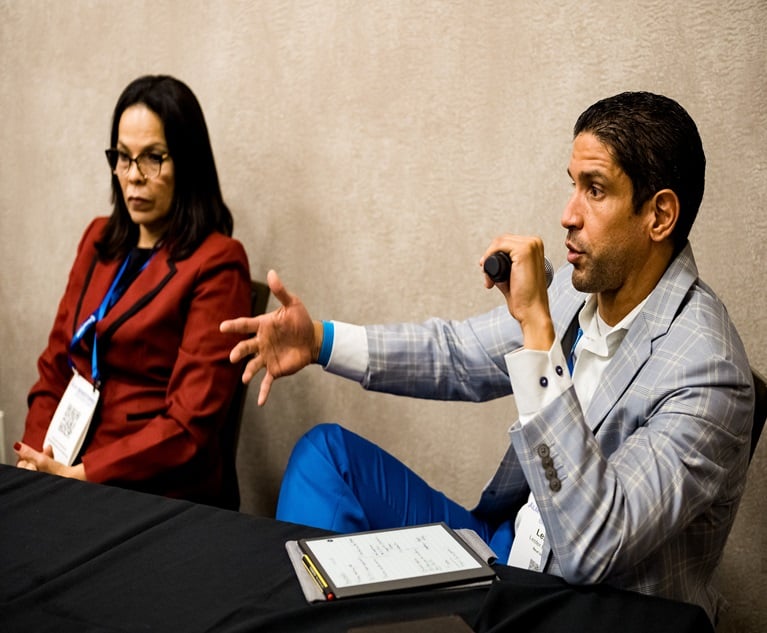Building valuable relationships with customershas always been critical to success in business.
|Today’s service and reward economy — think Starbucks: consistentservice and rewarded behavior — has elevated consumerexpectations, and that creates a difficult challenge for mostorganizations.
|Creating a customer journey map is a great way to understand and reshape your customerexperience. We’ve successfully implemented this process acrosscompanies of all sizes in multiple industries, from healthinsurance to consumer product goods, software and hotels. Thefollowing initial three steps will help you chart the full range oftouch-points between customers and your company to driveincreasingly positive brand experiences, consistently, and acrossthe customer lifecycle.
|Step 1: Discovery
In order to seamlessly advance your goals, the discovery processneeds to take place across all divisions of your company, fromsales and marketing to IT and operations. Gather together touncover all areas that “touch” the consumer, whether in person orthrough many possible communications channels, including phone,email, direct mail, and your website. During touch-point analysiswith one company, we uncovered that they were communicating withconsumers over a hundred times in a year, and the priority messageswere getting lost in the shuffle.
Step 2: Insights
Work with as much internal and external data as you can to create afull picture of the customer. You can find many insights with yourown internal customer data, but when coupled with industryresearch, including lifestyle, attitudinal and behavioraldimensions, it creates a richer and more complete picture — andoften uncovers surprising, counterintuitive insights.
Research can be simpler than you think. We found tremendousonline data for an eye care company, eliminating the need toconduct our own proprietary research.
|Step 3: Competitive Analysis
Conduct a thorough review of your market space to determine andassess the strategies and tactics of your competitors. Alsoconsider including data on companies in other verticals thatprovide extraordinary customer experiences. Understanding what yourcompetitors promise (or don’t), and learning from outside yourindustry can help you determine what you can own in yourvertical.
The first three steps in customer journey mapping create ablueprint for change. Reflecting on how people come to know andexperience your brand — and why you may be delivering a fragmentedexperience — takes honesty and vulnerability from your leadershipteam. I hope these initial steps will help your organization laythe groundwork for a more consumer-centric culture.
|Related: 10 steps to developing sales potential in yourCSRs
|The next steps, which I’ll share in a future article, help youbuild towards new customer experiences and results. Re-aligningyour communications and interactions to the needs and interests ofyour customers while consistently reflecting your brand’s corevalues is a significant undertaking. And it’s well worth theeffort. You are only a few more steps from converting prospects to customers moreefficiently and effectively, increasing retention rates of yourmost valuable customers and driving unified, positive experiencesacross the customer lifecycle.
|Dennis Barnes is the president of Wunderman St. Louis, adigital and direct marketing agency that is part of WPP (NASDAQ:WPPGY). Connect with him via LinkedIn.
Want to continue reading?
Become a Free PropertyCasualty360 Digital Reader
Your access to unlimited PropertyCasualty360 content isn’t changing.
Once you are an ALM digital member, you’ll receive:
- All PropertyCasualty360.com news coverage, best practices, and in-depth analysis.
- Educational webcasts, resources from industry leaders, and informative newsletters.
- Other award-winning websites including BenefitsPRO.com and ThinkAdvisor.com.
Already have an account? Sign In
© 2024 ALM Global, LLC, All Rights Reserved. Request academic re-use from www.copyright.com. All other uses, submit a request to [email protected]. For more information visit Asset & Logo Licensing.








